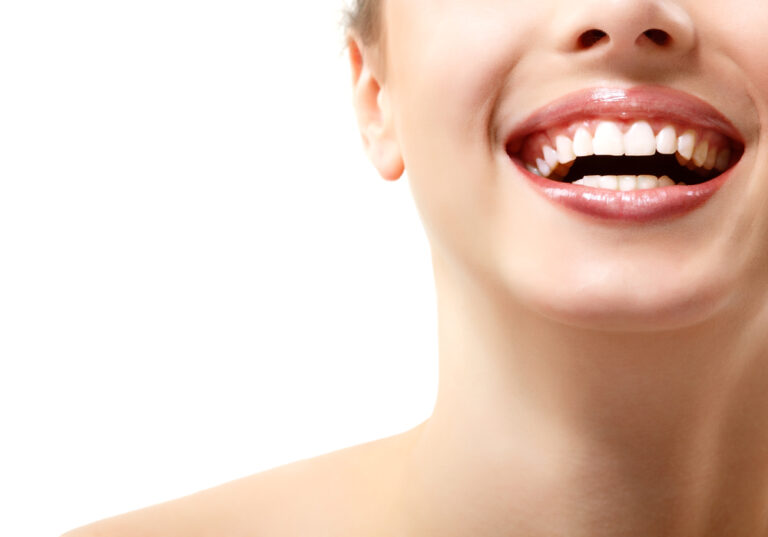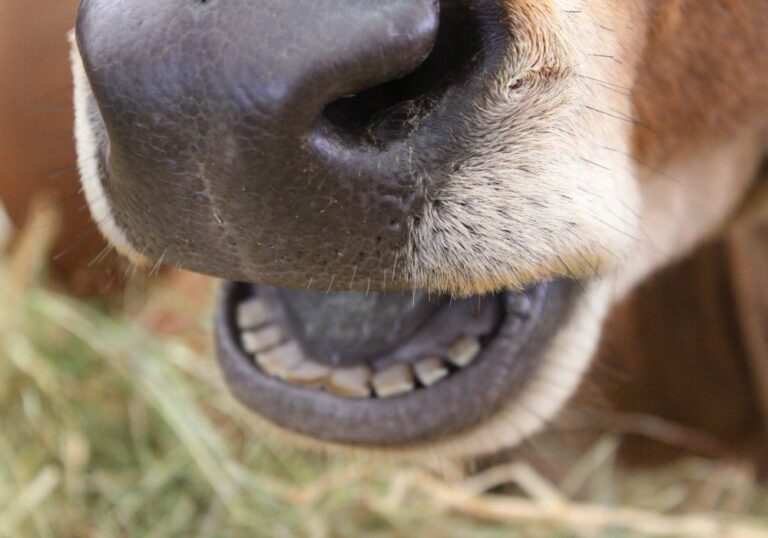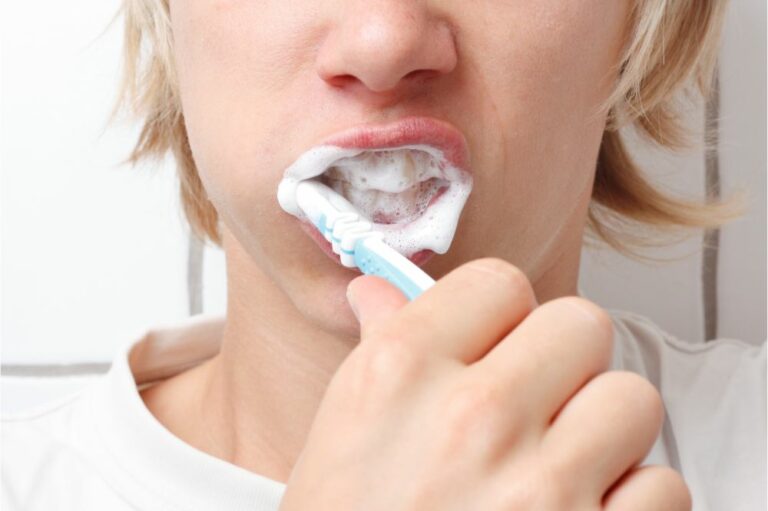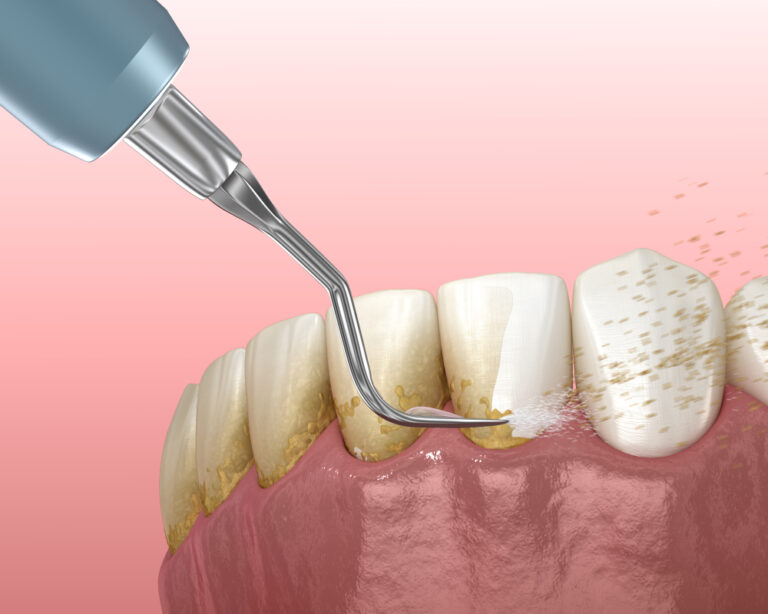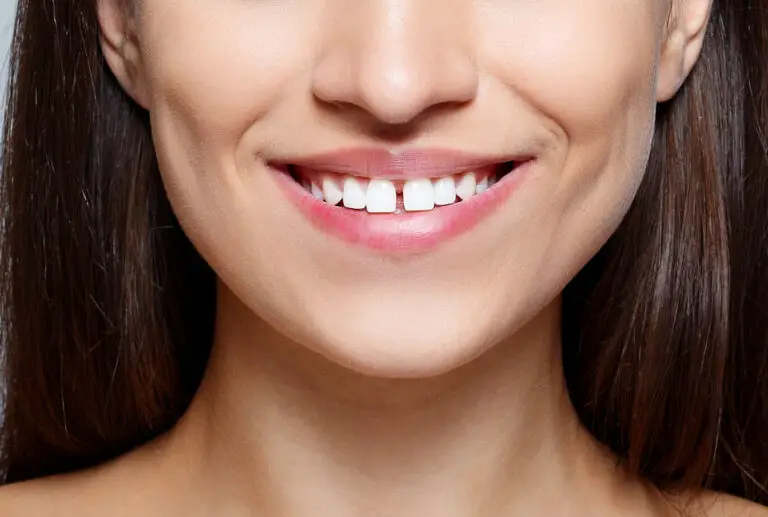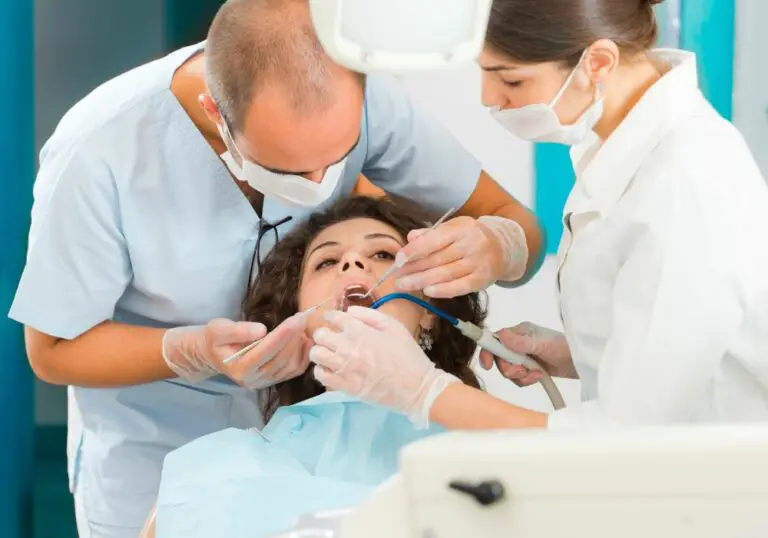Water is a critical part of our daily teeth cleaning routine. We use it to rinse away toothpaste, food debris, and bacteria after brushing and eating. Water helps leave our mouths clean and refreshed. But what if you didn’t have access to water to brush your teeth? Perhaps you’re traveling away from modern plumbing, or you simply ran out of water at home. Is it still possible to effectively clean your teeth without the use of water?
While water is incredibly beneficial for oral hygiene, there are alternative methods to clean your teeth without it. In this article, we’ll take an in-depth look at techniques for cleaning teeth when water is limited or unavailable. We’ll also discuss when these alternative methods can be useful, as well as their limitations.
Traditional toothbrushing without water
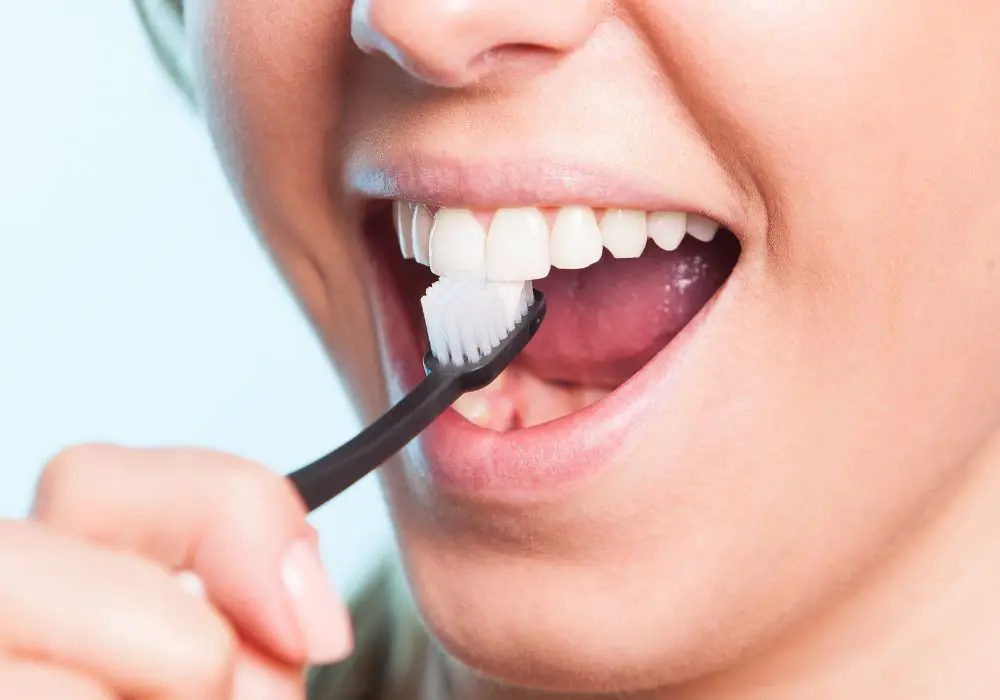
The most straightforward way to clean your teeth without water is continuing your regular brushing routine, but skipping the rinse at the end.
Here is how to brush without rinsing:
- Use a soft or ultra-soft bristled toothbrush, as you normally would. Hard bristles can damage enamel if used aggressively.
- Apply a pea-sized amount of fluoride toothpaste onto the bristles. Fluoride is important for strengthening tooth enamel.
- Set a timer and brush for at least two minutes, gently scrubbing all tooth surfaces. Pay extra attention to plaque-prone areas like the gumline and between teeth. Plaque buildup can lead to cavities and gum disease.
- Spit out excess toothpaste foam after brushing, but do not rinse with any water.
The fluoride in toothpaste continues working and strengthening teeth even after brushing. Rinsing with water right away washes most of this protective fluoride away. Leaving some toothpaste behind keeps the fluoride active on your teeth longer.
Skipping the rinse may feel strange at first if you’re used to rinsing. But over time, your mouth will adapt to the sensation of toothpaste remnants staying on the teeth. Rinse with water when you can access it again. But in a pinch, brushing without rinsing can be an effective cleaning method.
Chewing gum and mints
Chewing sugarless gum or sucking on sugar-free mints can also help clean teeth when water is limited. The act of chewing or sucking stimulates saliva production. Saliva contains essential minerals like calcium, phosphate, and fluoride that all strengthen and remineralize tooth enamel. Saliva also washes away some food debris and helps neutralize plaque acid.
Look for gum and mints containing xylitol, a natural sweetener that has been shown to boost oral health benefits. Xylitol prevents cavity-causing oral bacteria like S. mutans from adhering to teeth. Reducing these bacteria minimizes your cavity risk.
Other gum ingredients like maltitol, sorbitol, or mannitol can also increase saliva flow. Just be sure to check the label and choose sugar-free options. Sugary gum will increase your risk of cavities rather than reduce it.
While gum and mints provide a beneficial boost of cleansing saliva, they do not remove plaque in the way that brushing and flossing do. Use them to supplement your regular oral hygiene routine, not replace substantive cleaning methods.
Oil pulling
Oil pulling is an ancient Ayurvedic practice that has gained modern popularity as an oral cleansing technique. It involves swishing oil around the mouth to pull out toxins and bacteria.
To oil pull:
- Place 1-2 teaspoons of a high quality oil like sesame, coconut, or sunflower oil into your mouth. Do not swallow the oil.
- Gently swish and pull the oil between your teeth and along your gumline. Take care not to aggressively swish, as this can cause cheek irritation.
- Continue swishing for 10-20 minutes. This allows time for the oil to mix with saliva and draw out impurities.
- Spit the oil into a waste bin when finished. Avoid spitting down drains where oil could clog pipes.
- Rinse mouth thoroughly with water if available.
Research shows oil pulling can reduce bad breath, plaque buildup, and gum inflammation when done consistently. The viscosity of oil helps dislodge plaque and bacteria where a toothbrush can’t always reach. Oil pulling also gives your jaw a gentle workout to increase blood flow.
Be aware that oil pulling causes a temporary increase in saliva production. Keep tissues on hand to wipe excess drool during the swishing session. Also know that oil pulling may not be as effective for plaque removal as brushing. Use it as a beneficial supplemental practice, but don’t abandon regular brushing altogether.
Eating crunchy fruits and vegetables
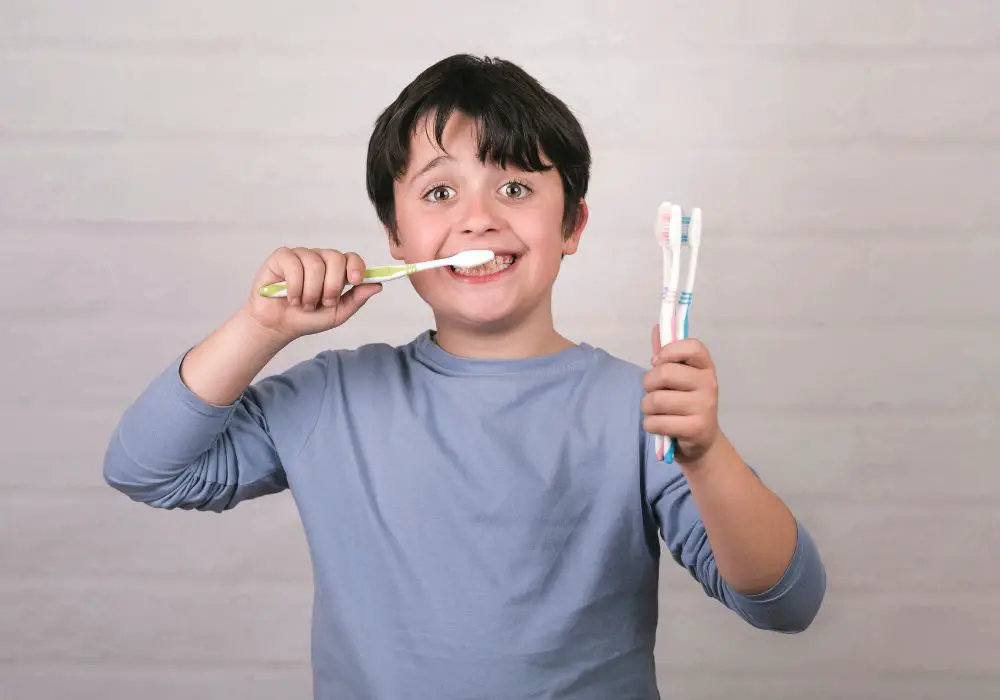
When water for brushing isn’t available, eating fresh fruits and vegetables can provide a natural tooth-cleaning effect.
Foods like apples, carrots, celery, and broccoli all take substantial chewing. This crunchy texture acts as nature’s toothbrush, scraping away soft plaque buildup on tooth surfaces.
The high water content and saliva stimulation also rinse the mouth, similar to chewing gum. And the fiber content in produce can physically dislodge food debris between teeth.
Aim to eat at least one or two fibrous, crunchy fruits or vegetables daily. This not only benefits your dental health, but also your nutrition and digestion. Some great options include:
- Apples
- Carrots
- Celery
- Broccoli
- Cauliflower
- Kale
- Cucumber
- Bell peppers
- Pears
- Snap peas
Just take care not to over-do high acid options like citrus as too much acid can erode enamel. Focus mostly on neutral, water-rich choices.
Using portable toothbrushes and toothpaste tabs
New portable oral hygiene products provide options for brushing without running water. Handheld, battery-powered toothbrushes don’t require a sink or tap. These allow you to brush with toothpaste even without plumbed water access.
Toothpaste tabs are another handy portable option. These small tablets contain toothpaste ingredients like fluoride, baking soda, xylitol, and stannous fluoride compressed into a tablet.
To use toothpaste tabs:
- Place a dry toothbrush in your mouth and gently chew the tablet, wetting the bristles with saliva.
- Once foamed up, brush teeth gently with the tablet mixture for two minutes.
- Spit out excess foam, no rinsing needed. The foaming action helps clean teeth.
These tablets eliminate the need for traditional toothpaste tubes and rinsing water. However, they may not provide quite the same cleansing capability as regular toothpaste and brushing. Alternate between tabs and your regular toothpaste/water routine when possible.
Visiting the dentist
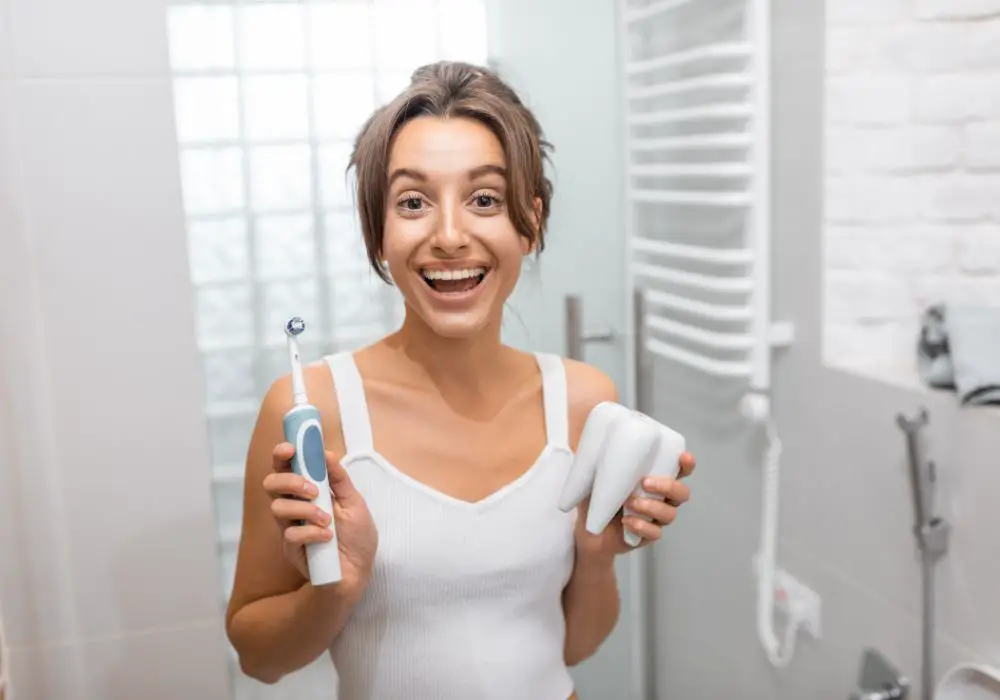
When dealing with an extended period of limited water access, visiting your dentist periodically becomes even more important. Professional cleanings remove hardened tartar that cannot be brushed away at home without water.
Be upfront with your dentist about your current lack of water access. They may be able to provide additional cleaning or apply a fluoride varnish to protect teeth. More frequent cleanings may be recommended to remove plaque you cannot brush away yourself without water.
Seeing a professional helps ensure teeth stay clean and healthy when home care is limited. But be sure to explain your situation so the dentist understands your current oral hygiene limitations.
Maintaining overall health
In addition to the dental care methods above, continuing good nutrition and lifestyle habits is key to keeping teeth and gums healthy when water is scarce. Focus on the following areas:
- Eat a balanced, whole food diet. Getting enough vitamins A, C, D calcium, protein, and other nutrients supports better oral health. Deficiencies can impair immunity and healing capability.
- Limit sugary and acidic foods. Sugar feeds the bacteria that create plaque and erode enamel. Acidic foods also weaken enamel over time. Minimize sugar and acid intake whenever possible.
- Drink hydrating beverages. Drink water, milk, or herbal teas whenever accessible. Staying hydrated provides moisture to the mouth and body.
- Don’t smoke. Smoking stains teeth, reduces saliva flow, and impairs healing. Avoid tobacco products to support better oral health.
Doing your best to eat nutrient-rich foods, limit sugar, stay hydrated, and avoid smoking all help maintain your oral health even when regular brushing isn’t possible.
When to use water-free cleaning methods
The various water-free teeth cleaning methods all serve a purpose, but are meant for limited durations between regular brushing sessions with water. Here are situations where these alternative cleaning techniques can be useful:
- While hiking or camping when away from plumbing
- When traveling in areas with unsafe tap water
- During short-term water shut-offs
- If toothpain or appliances make brushing difficult
- To supplement brushing between meals and snacks
The key is not to abandon regular brushing altogether if you have access to running water. But these supplemental methods help tide you over for a few days when water is limited.
Certain techniques like oil pulling, xylitol gum, and portable toothbrushes can be used daily regardless of water access to boost your regular home care. But be sure to return to brushing and flossing with water when it becomes available again. Water adds crucial rinsing and lubrication that maximizes plaque removal.
Limitations of water-free cleaning
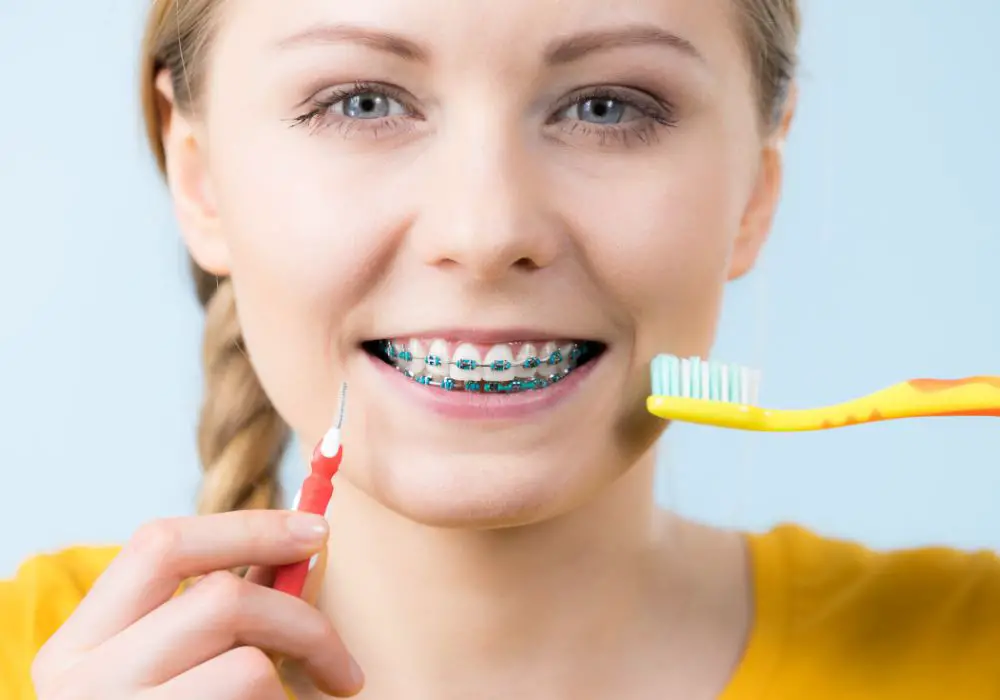
While the above water-free techniques are helpful in a pinch, they do have limitations:
- Don’t remove plaque and debris as thoroughly. Without water’s rinsing action, some plaque and food debris will remain on teeth. This can still lead to cavities and gum disease over time.
- Provide less fluoride exposure. Toothpaste is the main fluoride source for teeth. Brushing without it reduces fluoride benefits that strengthen enamel.
- Can’t reach tight spaces. Flossing is needed to remove plaque between teeth that bristles can’t reach. Certain items like toothpicks can supplement flossing.
- Increased staining or discoloration. Without thorough rinsing, stains may set more permanently on tooth surfaces.
- Not suitable for long term. Water’s cleaning and lubricating properties are essential for optimal plaque control. Avoid exclusively using water-free methods for more than a few weeks at a time.
While helpful temporary supplements, water-free cleaning techniques cannot fully match the plaque removal achieved by brushing and flossing with water. Using them for travel or other short stints can tide you over until regular brushing is possible again. But remember their limitations and resume normal brushing when water becomes available.
Conclusion
While water is incredibly beneficial for removing plaque and debris from teeth, there are techniques you can use to clean your teeth effectively without it:
- Dry brush without rinsing
- Chew xylitol gum or mints
- Try oil pulling
- Eat crunchy fruits and vegetables
- Use portable toothbrushes and toothpaste tablets
- Get professional cleanings
Focus on whole foods, hydration, and limiting sugar in your diet. Use water-free methods temporarily when needed while traveling or during water shutoffs. But be sure to brush and floss properly with toothpaste and water again as soon as possible. Proper daily oral hygiene remains your best defense against plaque buildup, cavities, and gum disease over the long haul.

